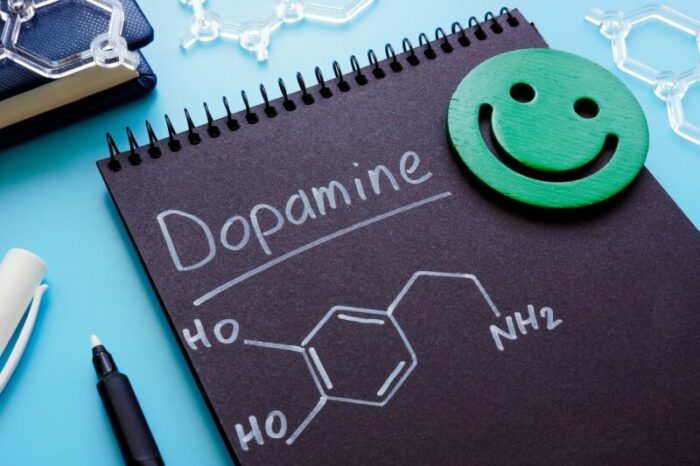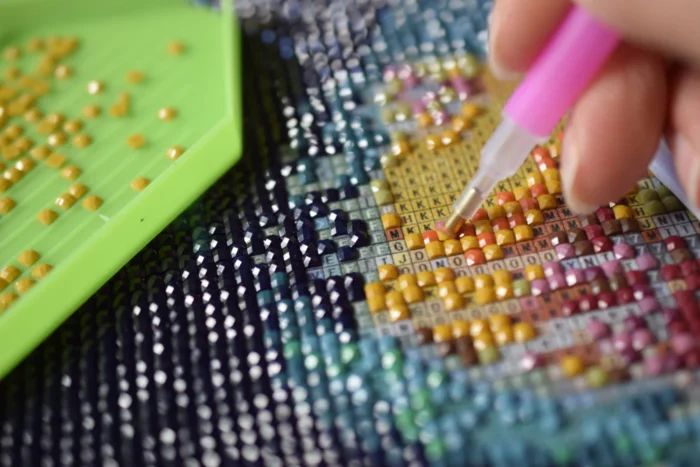
Imagine your daily routine as a canvas, each splash of your activities painting the broader picture of your life. Now picture this: among those strokes you can find bright strokes of color, your hobbies, that elevate a mere painting into a masterpiece of happiness. This isn’t about monumental shifts, but about the simple, personal joys that when repeated—those delicate habits weave a richer, more textured tapestry of well-being. These hobbies are your personal signatures on the canvas of life, small but mighty echoes of contentment that resonate long into the future. Embrace them, nurture them, and watch as the canvas of your days becomes a portrait of fulfilled living.
The Science of Leisure: How Personal Pursuits Fuel Happiness and Health
Hobbies offer an elixir-like effect in terms of enhancing well-being, with psychological research stressing on their role in lowering stress levels, uplifting mood, and improving cognitive function. When individuals engage in leisure activities, they often enter a flow state that usually drives away the daily accumulation of stress and sharpens the mind. From the physical vitality derived from active pursuits to the sense of accomplishment and self worth that comes from skill-building activities, hobbies are a multidimensional tool for mental development .
Crucially, this isn’t just a subjective feeling; it’s a well grounded phenomenon in science. Participants in a study had their cortisol levels—the biomarkers of stress—measured before and after engaging in art activities. The results revealed a significant drop in cortisol levels post-activity, underscoring the tangible de-stressing benefits of indulging in creative pursuits.
In essence, hobbies are not just a pastime; they are a critical component of a well-rounded, resilient, and happy life.
Neurochemical Joyride: The Science of Dopamine and Endorphins in Pleasure Activities
Dopamine and endorphins are two of the main types of neurotransmitters in the human brain, playing a cardinal role in our experience in terms of pleasure and pain relief. They are usually released during activities that we find enjoyable, such as hobbies or exercise, and have been scientifically linked to improved mood and well-being.
Dopamine

Dopamine is namely referred to as the “feel-good” neurotransmitter because of its association with pleasure and reward. It’s mostly released when we engage in activities that are mentally rewarding or that we anticipate will be enjoyable. This could be anything from eating our favorite food, achieving a certain objective, or even engaging in creative endeavors like painting or playing music.
Scientific research, including neuroimaging studies, has proven that certain regions of the brain associated with the dopamine pathway, such as the ventral tegmental area (VTA) and the nucleus accumbens, become active when people take part in enjoyable activities. This release of dopamine not only makes the activities themselves more enjoyable but also motivates individuals to repeat them, reinforcing the behavior.
A study published in the journal Nature Neuroscience came to the scientific conclusion that dopamine is not merely about the pleasure of the moment, but it’s also about the anticipation of the pleasure to come, which is why looking forward to a hobby can also lift your spirits.
Endorphins

Endorphins are endogenous opioids—meaning they are naturally made by the body and work on opioid receptors in the brain. These chemicals are liable pain relievers and stress reducers. They are often released during physical activity, what is known as “runner’s high”, laughter, and even when eating spicy food.
Endorphins are the main cause for any euphoric feeling that might accompany prolonged, continuous exercise, or after a hearty laugh. They act as natural painkillers, reducing discomfort and promoting feelings of well-being.
Scientific studies, such as those looking at the effects of exercise on mood, have shown that physical activity increases endorphin levels, which can help combat stress and reduce the perception of pain. For instance, a study in the Journal of Psychiatry & Neuroscience states that exercise can improve mood and anxiety levels through the release of endorphins
10 Life-Enriching Habits: Your Pathway to Peak Well-Being
Regular Physical Exercise: Engaging in activities such as jogging, swimming, cycling, or even walking can boost endorphin levels and improve mood.

Painting : Delving into painting activities can offer a meditative escape and channel emotions through the stroke of a brush, encouraging mindfulness and creative expressions. It’s true that painting requires practice and knowledge to come up with something outstanding but picking up the brush will always be that step you’re missing to start that process.
This activity is not only for the people with artistic backgrounds but also for people with painting enthusiasm as there will always be activities that could make it easier for you to practice with guidance such as the paint by numbers activity. This method will allow you to choose your favorite picture, design or art to turn into a custom paint by numbers kit.
Mindfulness Meditation: Practicing mindfulness can reduce stress, anxiety, and symptoms of depression.
Journaling: Writing down thoughts and feelings can provide an emotional outlet and foster reflection.
Reading: Immersing in books can provide an escape, reduce stress, and improve cognitive functions.
Digital Detox: Limiting screen time, especially before bed, can improve sleep and reduce mental fatigue.
Dance: Dancing can be both a physical exercise and a social activity, releasing endorphins and improving cardiovascular health.
Gardening: This hobby can provide a sense of accomplishment, promote mindfulness, and sometimes even offer a physical workout. The great thing about gardening is that you can grow and take care of anything you desire. From growing marijuana at home to taking care of the roses you’ve got outside the possibilities are endless.
Gratitude Practice: Regularly reflecting on what you’re grateful for can enhance positivity and improve mood.
Spending Time in Nature: Connection with nature can improve mood and reduce feelings of stress or anger.
In the fabric of our daily life, each thread of habit we weave can either dull or brighten our daily existence. Hobbies, those viable tools, are more than just activities to fill up free time; they are gateways to joy, stability as well as a sense of internal peace. As you stand at the crossroads of routine and recreation, choose the path that leads to sustainable happiness.
Let your hobby not merely be a fleeting thought but a foundational pillar sustaining your well-being. Embrace the brush, the melody, the movement; let your heart beat to the pulse of creativity. Today, not tomorrow, is the perfect time to let a habit in,and spill some colors onto the canvas of your days.So, which hobby will you weave into the fabric of your life today?








